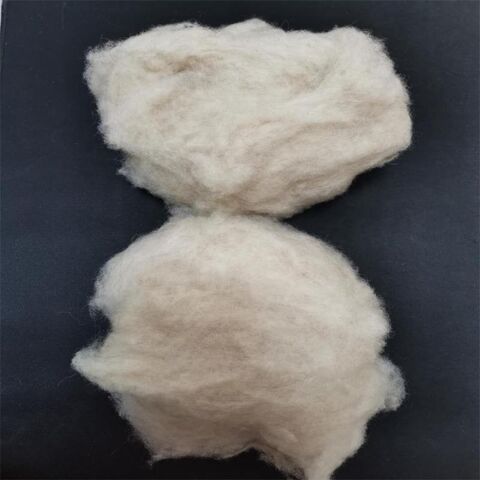How is cashmere Fibre Made and Why Is It So Desired?
How is cashmere Fibre Made and Why Is It So Desired?
Blog Article
Checking Out the Numerous Kinds Of Cashmere a Natural Fiber for Ultimate Deluxe
Cashmere, a natural fiber, is usually connected with high-end and convenience. Not all cashmere is created equal. From the highly soft Mongolian variety to the lightweight heat of Indian Pashmina, each kind presents its own one-of-a-kind features and appeal. The a lot more economical Chinese cashmere, the typical Scottish variant, and the high-end Italian blend, all tell a various tale of this impressive fiber. As we decipher the world of cashmere, a deeper understanding of its real worth and refinement starts to emerge.
Understanding the Elegant Nature of Cashmere
Cashmere, commonly associated with deluxe and convenience, holds a distinct allure in the globe of natural fibers. Unlike other natural fibers, cashmere combines insulation with breathability, offering unrivaled comfort throughout differing temperatures. Its lustrous finish and soft appearance add to its high-end appeal, warranting the premium price that often comes with cashmere garments.
Simply What Is Cashmere and Where Does It Come From?

Given these exceptional high qualities, one might question concerning the beginning and makeup of this glamorous fiber. Cashmere is stemmed from the soft undercoat of cashmere goats, mostly found in Mongolia, China, Iran, and Afghanistan - is cashmere a natural fiber. These goats are adjusted to severe weather problems, producing a very great, soft underfur as a defense versus the bitter cold. This underfur, or undercoat, is what is collected for cashmere. Each spring, when the goats naturally shed their winter season layer, farmers comb the great underhair, leaving the coarser hair behind. This meticulous process adds to the scarcity and high expense of cashmere. With its beginning in the rough landscapes of Asia, cashmere is a testament to nature's capability to create deluxe from hardship.
Decoding the Various Kinds Of Cashmere
Comprehending the various sorts of cashmere is key to appreciating the quality and unique attributes of this luxurious fabric. Typically, cashmere is classified right into 3 types: raw, virgin, and recycled. Raw cashmere is directly acquired from the goat and is unprocessed. This type typically consists of pollutants such as dirt and coarse hair. Virgin cashmere, on the other hand, is the pure, unrecycled material that is spun right into thread for the very first time. It is the softest and most extravagant. Lastly, recycled cashmere is made from virgin product that has actually been formerly utilized. It is re-spun and used in producing lower-cost cashmere items. Translating these types is the very first step in recognizing the exclusivity and worth of cashmere.

The Special Attributes of Each Type of Cashmere
Having actually checked out the various groups of cashmere, it ends up being obvious that each type flaunts its one-of-a-kind collection of attributes. Mongolian cashmere, for example, is renowned for its remarkable top quality, as a result of pop over to this site Mongolia's extreme winters months that produce longer and finer fibers. Conversely, Chinese cashmere is often a lot more economical, though its shorter fibers can reduce resilience. Scottish cashmere is celebrated for its splendid gentleness, a result of the traditional water cleaning procedure utilizing Scotland's soft water. Italian cashmere, on the other hand, is famous for its skillful blending and tinting methods, rendering it flexible and vibrant. Finally, Indian cashmere, also called Pashmina, is cherished for its amazing agility and warmth. Each kind, thus, adds to the material's credibility for luxury.
Why Cashmere Is the Epitome of High-end in vogue
Cashmere holds a renowned setting in the world of fashion, regarded as a symbol of luxury and sophistication (is cashmere a natural fiber). Cashmere is derived from the fine undercoat of Himalayan goats, known for their exceptional high quality fiber. Cashmere's unequaled comfort and sturdiness make it an in-demand material in the More Bonuses production of premium garments.
The Process of Making Cashmere: From Goat to Garment
The journey of cashmere, from being an undercoat of a Himalayan goat to an elegant garment, is an elaborate one. With the advent of spring, farmers in click to read Mongolia and China accumulate the woollen by combing the goats, ensuring no harm is done. The gotten wool contains coarse external hair and soft downy undercoat. This blend is then fastidiously divided, with just the soft down made use of for cashmere. This raw cashmere is cleaned, dyed and rotated into yarn. The thread is then woven or weaved into fabrics. The last step entails pushing and cleaning to offer the material its particular soft qualities and warmth. From goat to garment, each action is a testament to the virtuosity, patience and ability associated with crafting cashmere.

Conclusion
Finally, cashmere, with its all-natural sophistication and unequaled convenience, rules supreme worldwide of luxury style. The variety in types, varying from the soft Mongolian, lightweight Indian Pashmina, cost effective Chinese, typical Scottish, to the vibrant Italian, reveals the versatility of this all-natural fiber. The scrupulous procedure of changing it from a goat to a garment even more contributes to its exclusivity, making cashmere the epitome of sophistication and deluxe.
Cashmere, a natural fiber, is often linked with luxury and convenience (is cashmere a natural fiber).Cashmere, often linked with high-end and convenience, holds a distinct attraction in the world of all-natural fibers. Unlike other all-natural fibers, cashmere combines insulation with breathability, offering unmatched comfort throughout varying temperature levels. Cashmere is derived from the soft undercoat of cashmere goats, mostly found in Mongolia, China, Iran, and Afghanistan. Cashmere is derived from the great undercoat of Himalayan goats, known for their remarkable quality fiber
Report this page